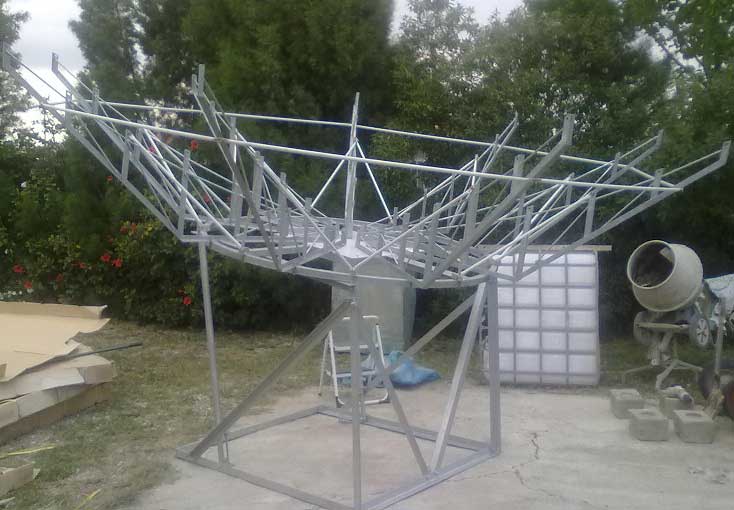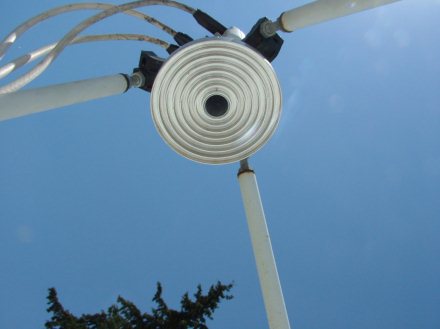| Home Login Register |
| Satellite Internet forum › Dish pointing and alignment › Need Help in pointing a Large Dish |
|
Pages: 1
|
Need Help in pointing a Large Dish(Read 11498 times) |
|
Ex Member
Ex Member
★ |
Apr 29th, 2010 at 9:27am
|
| Back to top |
IP Logged
|
|
Ex Member
Ex Member
★ |
Reply #1 - Apr 29th, 2010 at 12:39pm
|
| Back to top |
IP Logged
|
|
Eric Johnston
Senior Member
★★★ Offline Posts: 2109 |
Reply #2 - Apr 29th, 2010 at 4:23pm
|
| Back to top |
« Last Edit: Apr 29th, 2010 at 7:13pm by Admin1 »
IP Logged
|
|
JGB
Member
★★ Offline Posts: 18 |
Reply #3 - Apr 29th, 2010 at 6:35pm
|
| Back to top |
IP Logged
|
|
Oasis Networks
Senior Member
★★★ Offline Posts: 232 |
Reply #4 - Apr 30th, 2010 at 1:43pm
|
| Back to top |
www.oasisnetworks.net - Oasis Networks - Online with you!
IP Logged
|
|
Eric Johnston
Senior Member
★★★ Offline Posts: 2109 |
Reply #5 - Apr 30th, 2010 at 3:56pm
|
| Back to top |
IP Logged
|
|
Ex Member
Ex Member
★ |
Reply #6 - May 3rd, 2010 at 11:17am
|
| Back to top |
IP Logged
|
|
Ex Member
Ex Member
★ |
Reply #7 - May 13th, 2010 at 11:07am
|
| Back to top |
IP Logged
|
|
Eric Johnston
Senior Member
★★★ Offline Posts: 2109 |
Reply #8 - May 13th, 2010 at 1:22pm
|
| Back to top |
« Last Edit: May 14th, 2010 at 9:58am by Admin1 »
IP Logged
|
|
Pages: 1
|
Email me: eric@satsig.net
Powered by YaBB 2.5.2!
YaBB Forum Software © 2000-. All Rights Reserved.
Disclaimer, Terms of Use and Privacy Forum User Agreement Forum rules Cookie policy.










